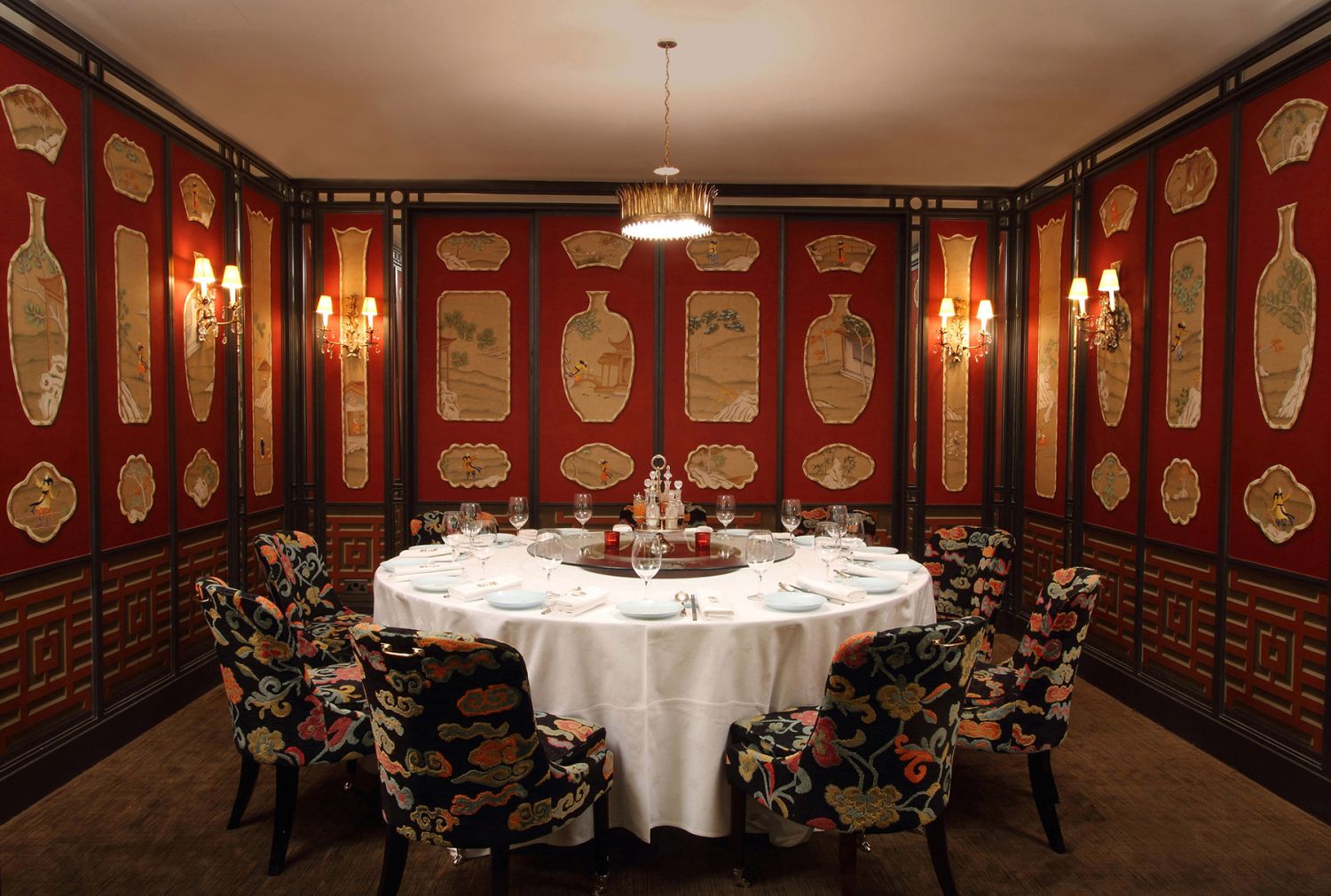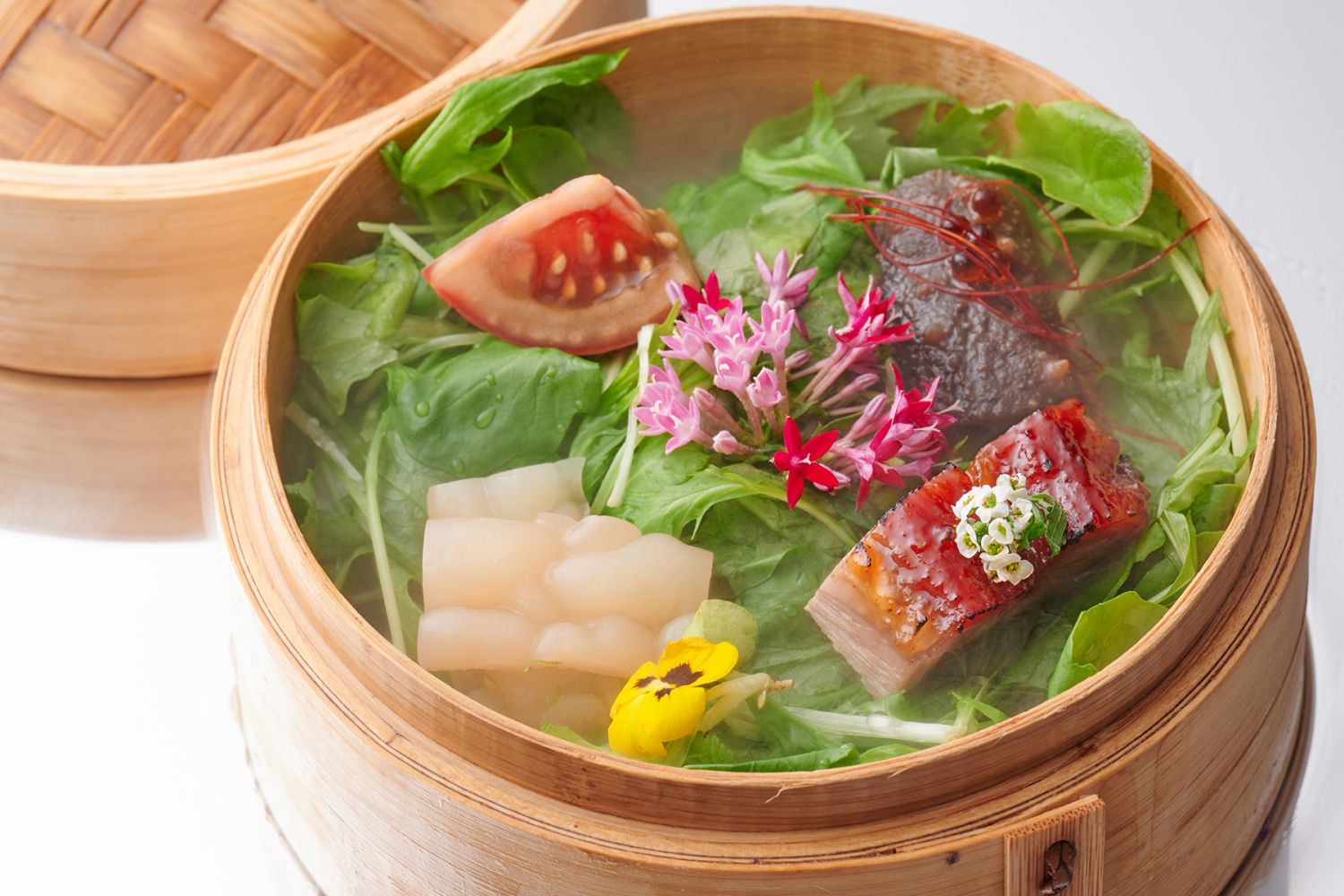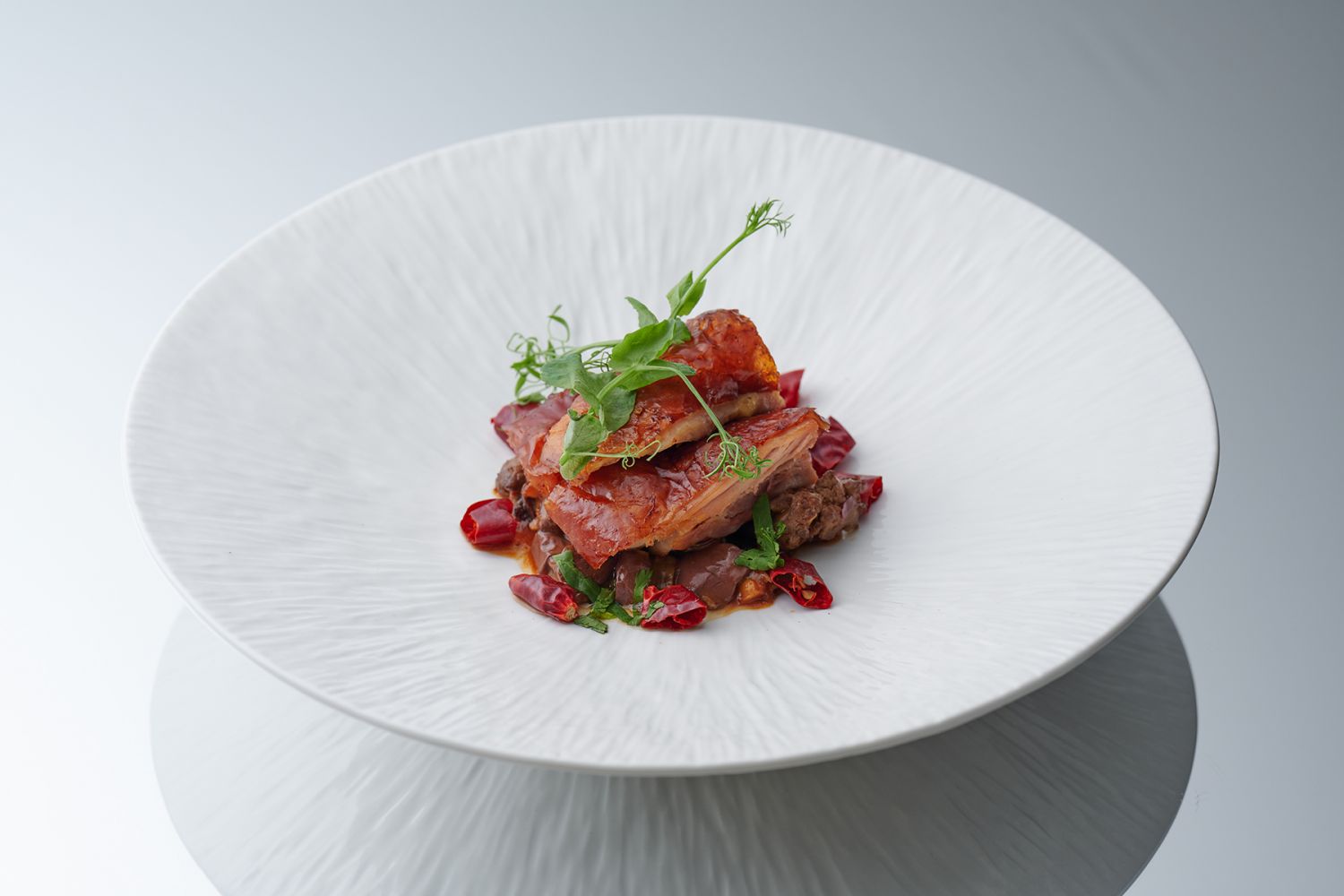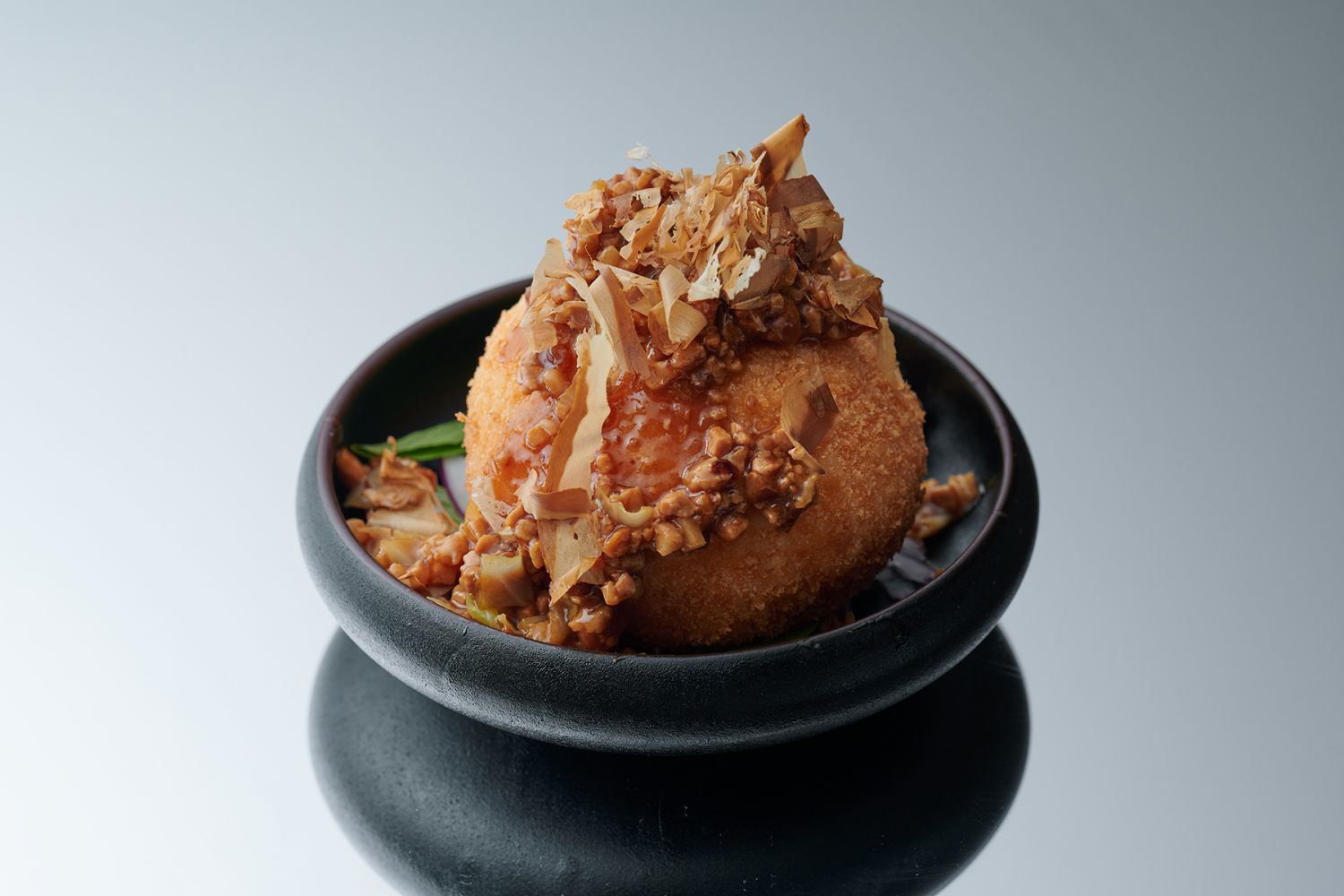Unveiling a new tasting menu built around former off-menu dishes, China Tang's executive chef speaks to Tatler Dining on the unique process of creating recipes that aren't meant to be eaten by everyone
A veteran of the culinary industry, Hong Kong native Menex Cheung has spent much of his career cooking at some of the most prestigious kitchens across mainland China, from the Shangri-La Huhhot in Inner Mongolia, to Beijing's Waldorf Astoria and China World Summit Wing. There, while cooking for the political and business aristocracy of China, he was steeped in a myriad of complex dining traditions, where the importance of giving face to the host is on par with the quality of the food.
One of these traditions—the practise of ordering off-menu—is one that he has brought back with him to his current role at China Tang Landmark, where he has spent the past two years. Having debuted his new tasting menu towards the end of last year that gives his favourite off-menu dishes their time in the spotlight, Cheung spoke to Tatler Dining on the motivation behind doing so, what his proudest culinary creation is, and recent pandemic moments that have left him clueless in the kitchen.
See more: Where Chefs Are Excited to Eat In Hong Kong: January 2022

Where did you find inspiration for all your off-menu dishes?
It’s a compilation of my off-menu dishes. At the end of the year, we plan to change the menu, adding a lot of popular off-menu dishes, but before that we wanted to test out which of these dishes are the best received by our guests, so this tasting menu is like the precursor to the menu change.
Why are there so many off-menu dishes to begin with?
When I first started at China Tang two years ago, I got reacquainted with old friends so I got them to taste-test my new dishes. Sooner or later, they began coming to me with strange requests. Some knew I had worked in the mainland, so they asked for specific dishes. At the beginning, the off-menu was really just for good friends and regulars, but now with Instagram and Facebook, they’ll get shared to the point that guests that I don’t personally know will call to ask about them.




